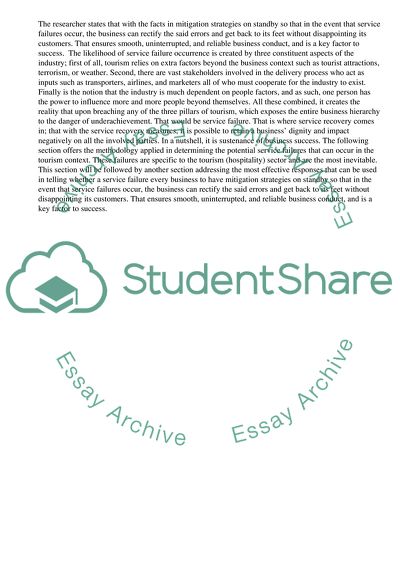Cite this document
(The Application of Service Recovery in Hospitality Industry Research Paper, n.d.)
The Application of Service Recovery in Hospitality Industry Research Paper. Retrieved from https://studentshare.org/management/1829153-to-investigate-how-the-management-manages-service-failure-with-the-application-of-service-recovery-strategies
The Application of Service Recovery in Hospitality Industry Research Paper. Retrieved from https://studentshare.org/management/1829153-to-investigate-how-the-management-manages-service-failure-with-the-application-of-service-recovery-strategies
(The Application of Service Recovery in Hospitality Industry Research Paper)
The Application of Service Recovery in Hospitality Industry Research Paper. https://studentshare.org/management/1829153-to-investigate-how-the-management-manages-service-failure-with-the-application-of-service-recovery-strategies.
The Application of Service Recovery in Hospitality Industry Research Paper. https://studentshare.org/management/1829153-to-investigate-how-the-management-manages-service-failure-with-the-application-of-service-recovery-strategies.
“The Application of Service Recovery in Hospitality Industry Research Paper”, n.d. https://studentshare.org/management/1829153-to-investigate-how-the-management-manages-service-failure-with-the-application-of-service-recovery-strategies.


